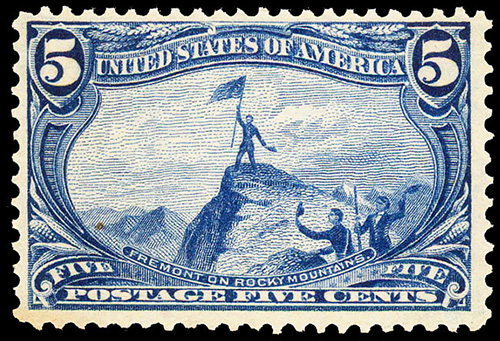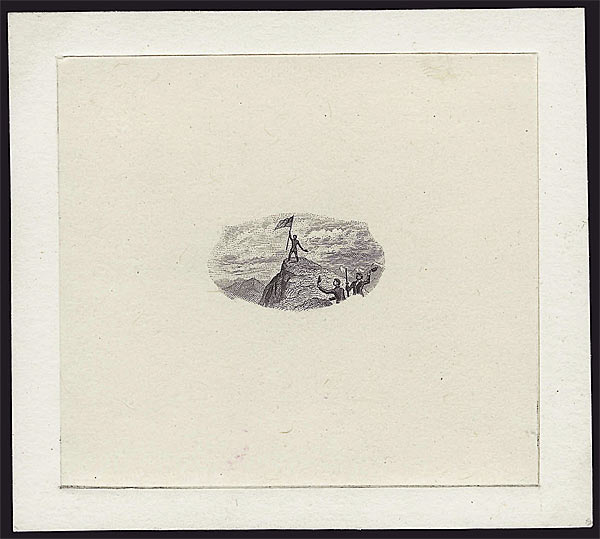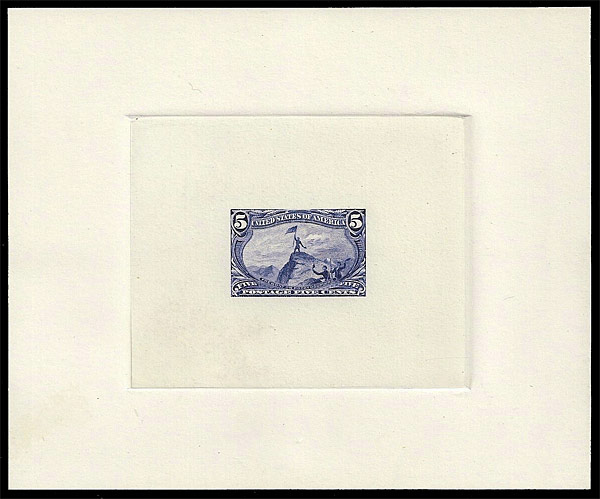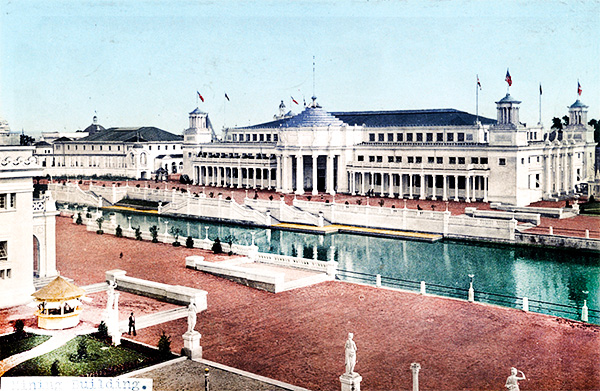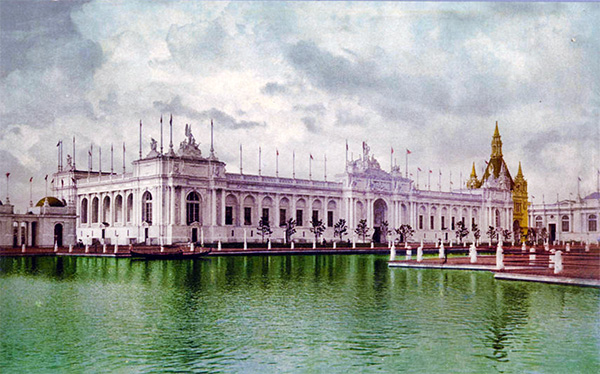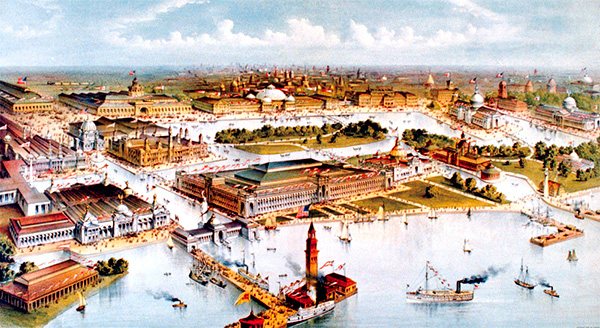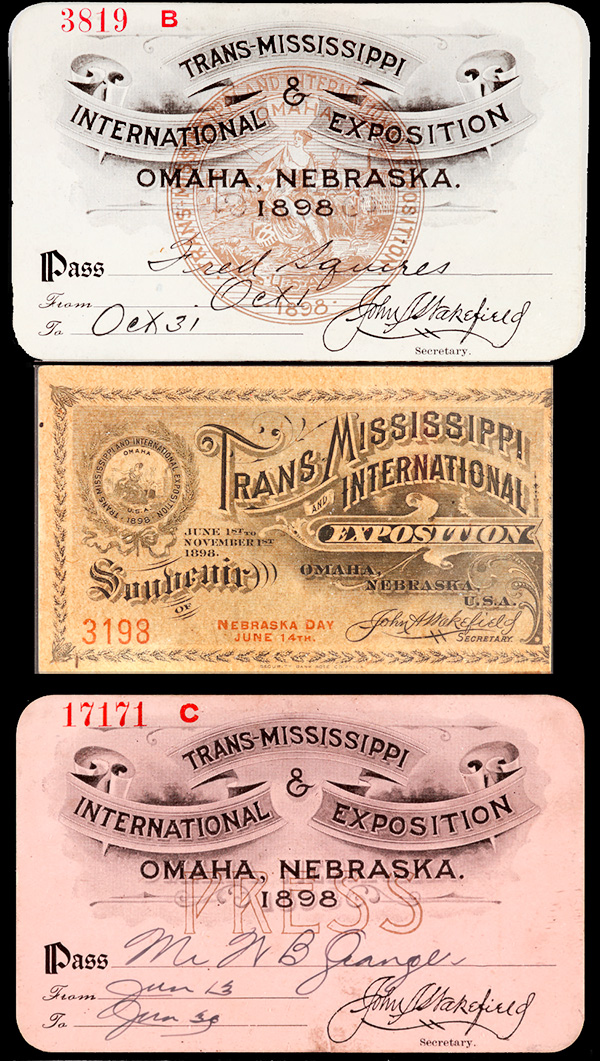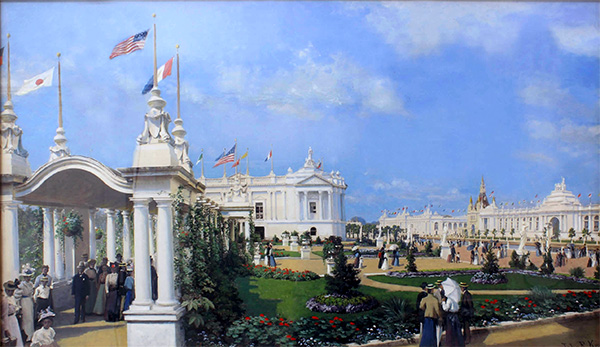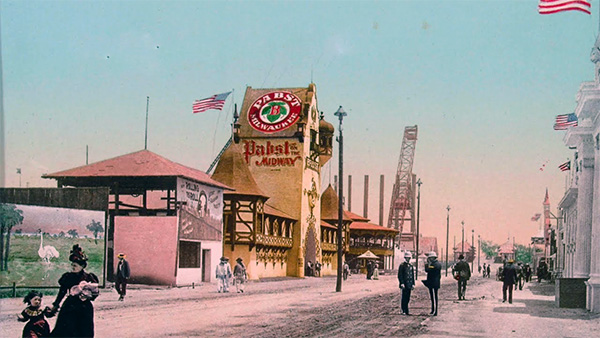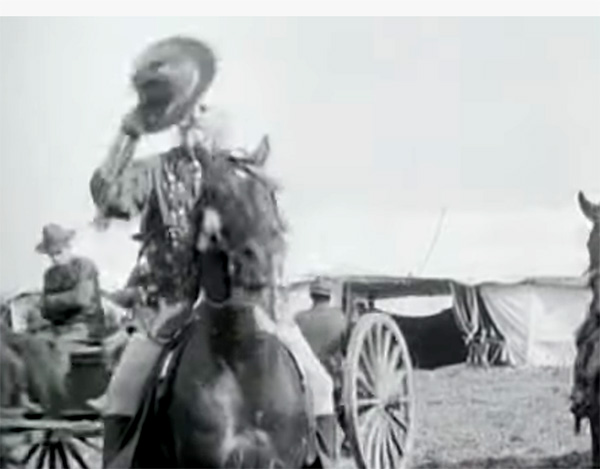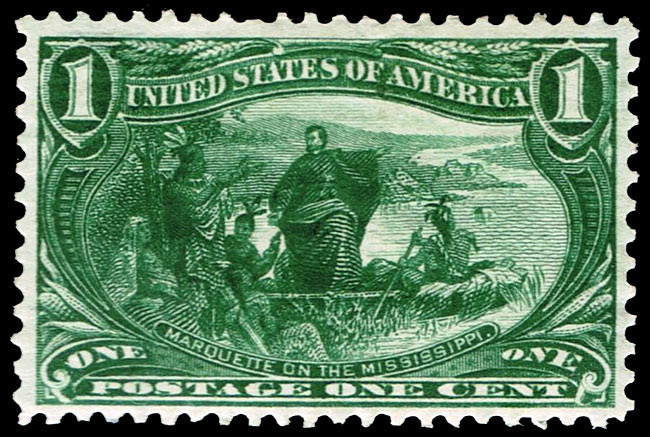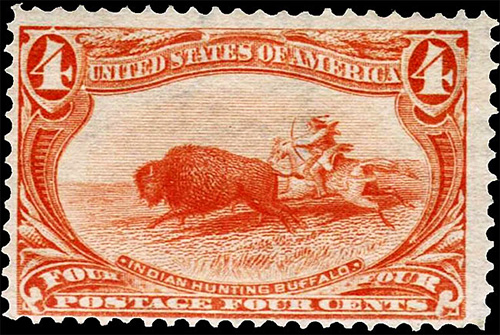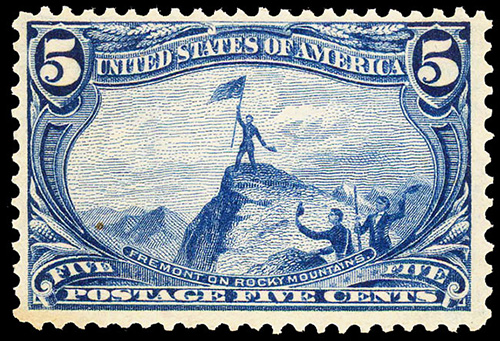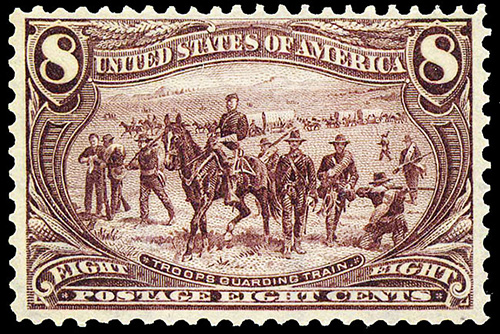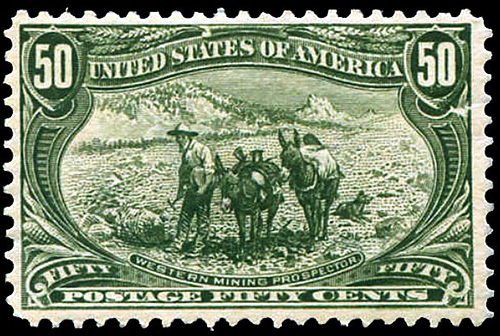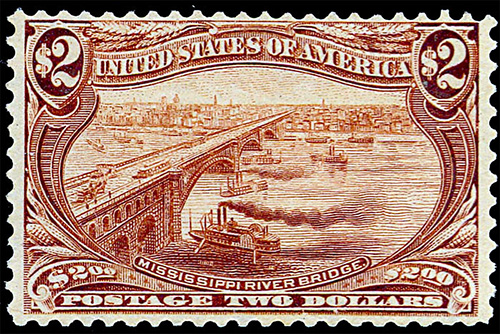Basic Info
5¢
Blue, dark blue, dull blue, light blue
Printing Method: Engraved
Subject: Fremont on Rocky Mountain
Number issued: 7,694,180
Perforations: P12
Watermark: Double Line USPS
Scott #: 288
Issued: June 17th, 1898
Value
Used
$1 - $3.50
No postmark with gum (MH)
$12.50 - $45
Full perfect gum, no postmark
no trace of stamp hinge mark (MNH)
$50 - $100
Patriotic Cover

#288 and #289 on a Spanish-American War patriotic cover
First Day Cover
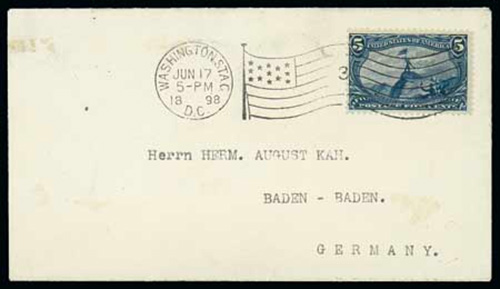
A first day cover of #288, dated June 17th, 1898
#288 Plate #'s
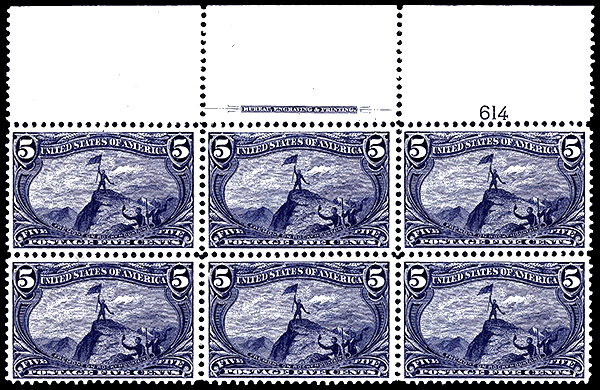
#288 was issued with the following plate #'s
602, 614, 618
Almost a bi-color stamp
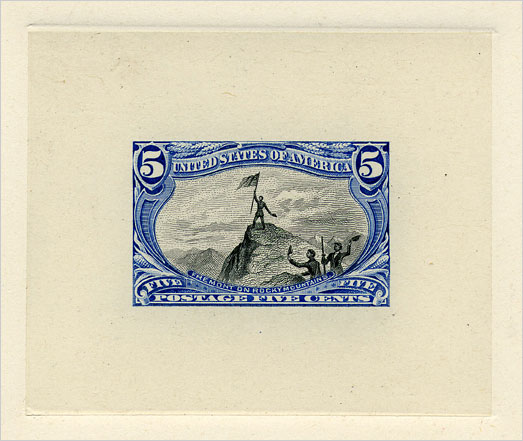
It was intended to print the Trans-Mississippi issue with a black vignette and a frame in color. The bi-color idea had to be abandoned because of the fact that the Spanish American War, which broke out in April, 1898, necessitated the printing of enormous quantities of revenue stamps and the facilities of the Bureau were taxed to the utmost . The time and manpower needed for the printing of stamps in two colors could not be spared and it was necessary for the Bureau to abandon the proposed bi-color stamps in favor of stamps of single colors.
The Inspiration for the Design
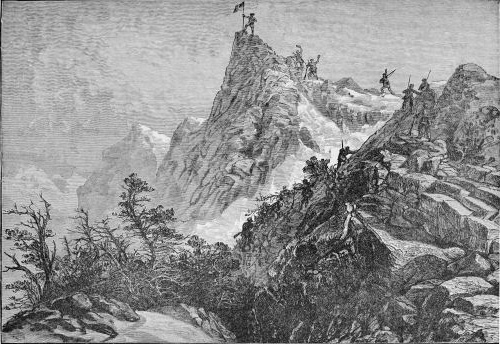
For the vignette was based on one of any woodcut engravings of Fremont raising the American flag in the Rocky Mountains during his 1842-1843 expedition.
John Charles Frémont (1813–90) was an American explorer and cartographer for the US Topographical Engineers who crossed Colorado on various expeditions. Between 1842 and 1853, Frémont led five western expeditions with numerous objectives. He was also involved in the Mexican-American War (1846–48) in California, became one of California’s first senators, ran for president in 1856, served as commander of the army’s Department of the West during the Civil War, and became very wealthy through speculation in railroad development, only to lose his property and savings..
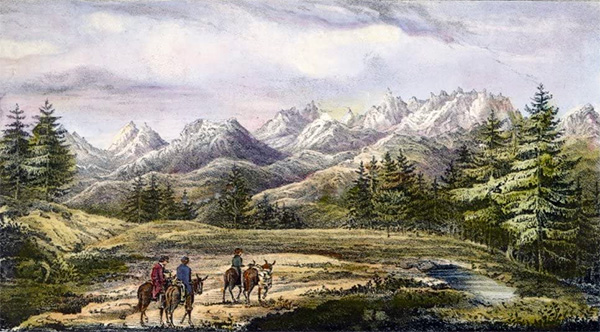
The Fremont Expedition approaches the Rockies
A pane of #288
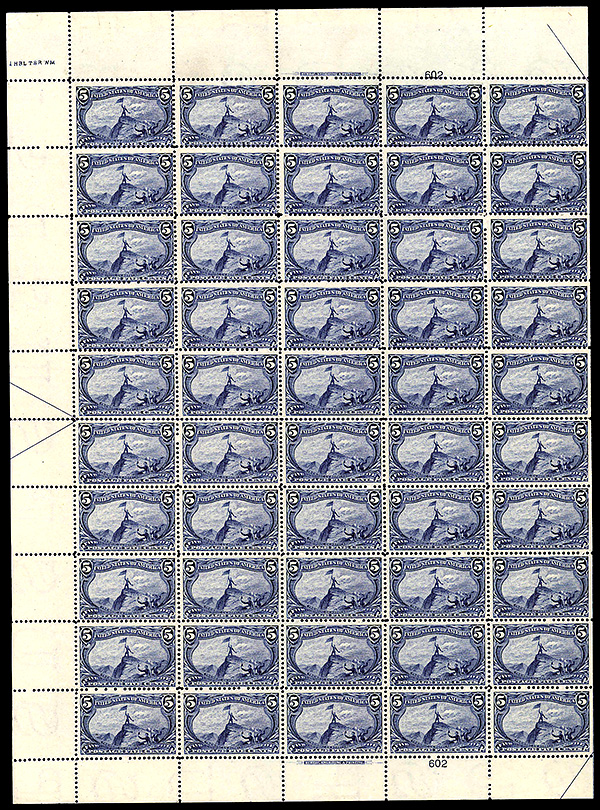
A pane of #288. Each pane had 50 stamps, there were two panes to a sheet of 100 stamps.
The Omaha World’s Fair

The Trans-Mississippi Exposition was a World’s Fair hosted in Omaha, NE from June 1 to November 1 of 1898. The purpose of the Omaha World’s Fair was to exemplify the fertility and potential of Western farming and manufacturing as a definite pathway to financial success. It attracted 2.6 million visitors.
A two-thousand foot-long lagoon designed to resemble Venetian canals hosted gondola rides as a whimsical form of transportation throughout the fair. Stately trees and lush grass plots lined artistically crafted walking paths, illuminated by electric lights. Bright white building designed in Renaissance style reflected ancient Greek and Roman influences and possessed strenuous constraints on color, scale and height. All was built out of cheap materials or designed not to last, at the end of the exposition it was all removed.
There were two great attractions during the show, the first being President McKinley's speech which attracted 100,000 people to the plaza. The other was Buffalo Bill's Wild West Show, a video of which can be viewed below.
